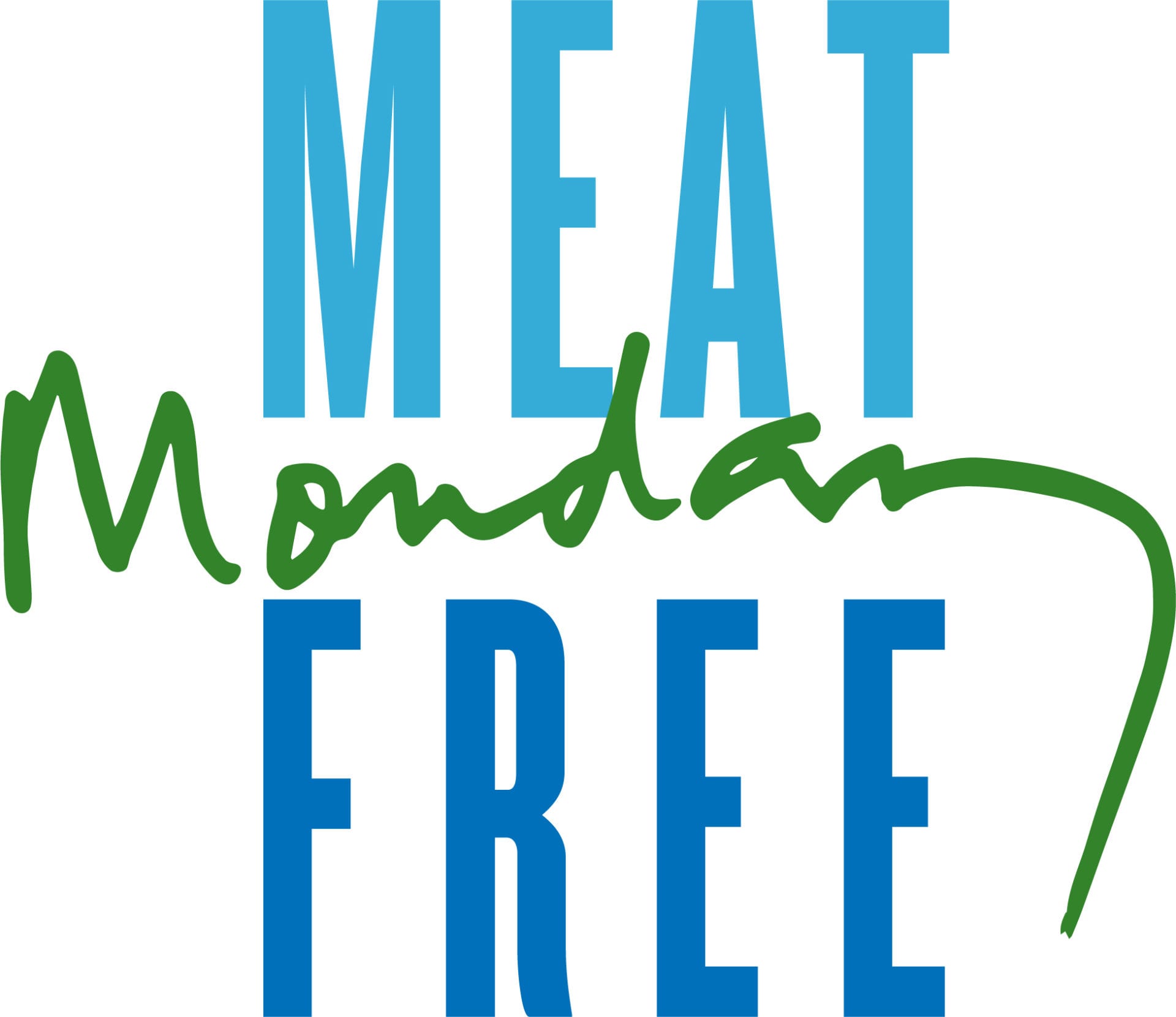A groundbreaking new “life census” has revealed the shocking impact that humanity has had on the flora and fauna with which we share the planet: despite representing a tiny fraction of life on Earth, humans have destroyed half of all plants and more than four-fifths of wild mammals.
The study, by the Weizmann Institute of Science in Israel, set out to understand the structure and dynamics of the various kingdoms of life, from humans and animals to plants and bacteria. What is clear is that the rise of humans, and particularly their relatively recent move towards industrialised food systems, with a particular focus on meat and livestock farming, has skewed the natural world catastrophically.
When it comes to mammals, humans account for more than a third (36 per cent), while livestock makes up a massive 60 per cent. Thanks in large part to encroachment on their habitats linked to the spread of humanity and cultivation of the land for farming, wild mammals have been squeezed to a mere 4 per cent. Of all birds, 70 per cent are chickens and other poultry, and just 30 per cent are wild.
The extent to which civilisation has been responsible for a savage decline in the fortunes of undomesticated creatures is the report’s most astonishing and worrying discovery. The figures make clear that we have been punching above our weight in terms of destructive capabilities: although the global population of 7.6 billion people represents just 0.01 per cent of life on Earth, we have nevertheless managed to wipe out 83 per cent of wild mammals. As you’d expect, much of the damage wrought by humanity has occurred in the post-industrial age, with almost half of all animals lost in the past 50 years.
“It is definitely striking, our disproportionate place on Earth,” said Ron Milo, the study’s lead author and a professor with the Weizmann Institute’s Department of Plant and Environmental Sciences. Commenting on the extent to which the way we feed ourselves has resulted in a decline in other animals, he added: “When I do a puzzle with my daughters, there is usually an elephant next to a giraffe next to a rhino. But if I was trying to give them a more realistic sense of the world, it would be a cow next to a cow next to a cow and then a chicken.”
Earlier this year the Weizmann Institute released research that suggested if the United States were to go vegan it would produce enough food to feed two of itself, and Milo is emphatic that what we eat has a major impact upon the world around us, for good or ill. “Our dietary choices have a vast effect on the habitats of animals, plants and other organisms,” he said. “I would hope people would take this [work] as part of their world view of how they consume. I have not become vegetarian, but I do take the environmental impact into my decision making, so it helps me think, do I want to choose beef or poultry or use tofu instead?”
